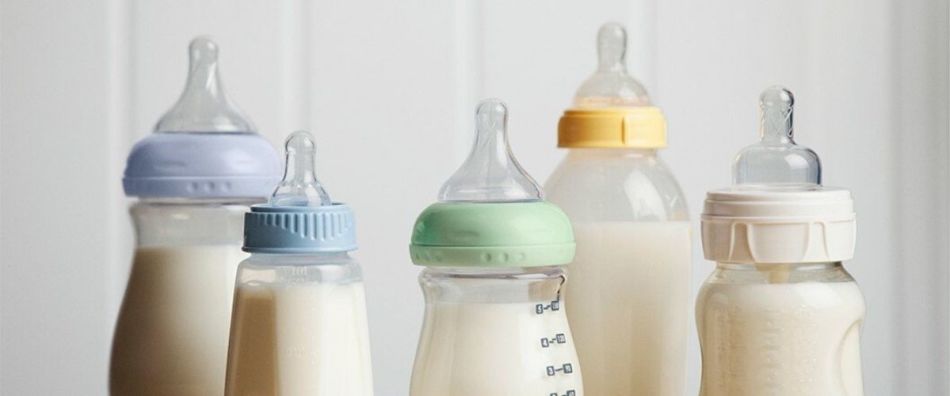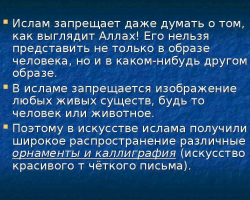Choosing milk for a baby from 0 to 3 years: how does adapted baby milk differ from an ordinary adult?
Content
- The danger of not adapted milk for the child's body
- The difference between adapted baby milk and adult
- How to choose baby milk?
- What is the difference between baby milk and usual: tips and reviews
- Video: When can you enter milk into the child’s diet? Corny milk is the benefit or harm to the child up to a year?
Does your family grow up to 3 years old? This means that your refrigerator should have a separate zone for adapted dairy products for children. In this article we will talk about the importance of adapted baby milk, as well as dairy products.
The danger of not adapted milk for the child's body
The modern mommy carefully chooses products on store shelves for its small treasure. The older generation is often outraged, but what is the difference between baby milk and usual? Why overpay? At the same time, forgetting that most of them during their youth spent more than one year in lines in "dairy cuisines", where milk and dairy products adapted for children were released. But then there was a shortage and lack of an alternative, but now why such difficulties?
Let's look at what consequences can wait for a child to use not adapted milk:
- The entire line of diseases in gastroenterology, as it attracts gastrointestinal disease;
- The appearance of chaotic allergic reactions, as well as persistent allergies to products that would not seem to be connected with milk;
- Intolerance to lactose in the future;
- Reduction in the work of the immune system;
- Weakness in physical development;
- In rare cases, a violation of mental activity.
In addition to the above, children use milk immediately from under the cow, goats, as well as adult milk from the store, in adulthood in most cases have difficulties with excess weight, metabolism, prone to diabetes, and also complain of arterial hypertension and atherosclerosis. 80% of artifications in the USSR were feeding on semolina and cow's house milk, and parents declared - live and healthy, ruddy chubby cheeks, what else is needed? Thus, their ignorance undermined the health of the whole generation.

The difference between adapted baby milk and adult
Having considered how harmful adult milk is for young children, the question arises, how does baby milk differ from ordinary and how is it made?
- For baby milk, raw materials from environmentally friendly zones are used, which are controlled at the state level;
- High -quality raw materials that pass several levels of control inspections;
- Products for children are produced in separate workshops and a reinforced sanitary-hygienic control passes;
- Microbiological indicators should not exceed 300,000 per 1cm 3. This is carefully monitored by control checks, in contrast to "adult" products;
- The fat content of adapted products does not exceed 3.5%, and also not lower than 2.5%, since low -fat dairy products also do not carry beneficial properties;
- Acidity control over the Terner, which for adapted milk and dairy products cannot exceed 80-100 degrees;
- Special ultrapasturization for baby milk. Strict technology-milk heats up to 125-138 0 For a while no more than 4 seconds and cools as quickly as possible. Thus, all harmful bacteria and microbes are destroyed;
- Sterile packaging, often tetrapak, which guarantees the perfect preservation of the product throughout the warranty period.
Important: to children under 3 years of age, milk and dairy products “from under the cow or goat” are categorically contraindicated. Such a product is fat enough, with natural bacteria that live in each animal, as well as with uncontrolled acidity. The consequence of such a menu can be all kinds of gastrointestinal diseases, etc.

How to choose baby milk?
And in conclusion, analyzing the question of how baby milk differs from the usual, we will analyze how to choose baby milk and dairy products on the supermarket counter:
- The packaging must be information that milk or dairy products “baby”, “adapted for children”;
- In the information field, ultrapasturization, acidity, fat content and microbiological indicators are indicated;
- If the products are saturated with vitamins or trace elements, a complete list of additives is registered;
- Lack of preservatives, dyes and non -natural taste additives.

What is the difference between baby milk and usual: tips and reviews
Marina: There was a whole war with my mother and mother -in -law until I showed scientific articles that clearly explain about the dangers of fresh goat milk for the baby. They proved to me that they had fed more than one thousand children, including my husband. And only having read that such “feeding” of babies lead to diseases of the gastrointestinal tract and allergies (my husband and this and that) calmed down and agreed with my store milk and mixtures.
Inna: I am a pediatrician, and I consider preventive conversations with young mothers, regarding the nutrition of children from birth to 3 years old. Dairy products in this case are cornerstone, because in our country beliefs still live, the more natural, the better. Undoubtedly, this applies to vegetables and fruits grown in personal plots in eco conditions. But not fat, natural milk, or sweet, bright desserts, not even useful for adults. I strongly recommend purchasing only baby milk and dairy products to your child if he has not yet been 3 years old.
Do kids grow in the family? You will be interested in our articles:
- Do I need to add oil to the porridge of the baby? Which oil is better to give a child up to a year?
- How many months can you give yogurt to a child?
- When and how to cut the nails on the arms and legs of a newborn child correctly?







